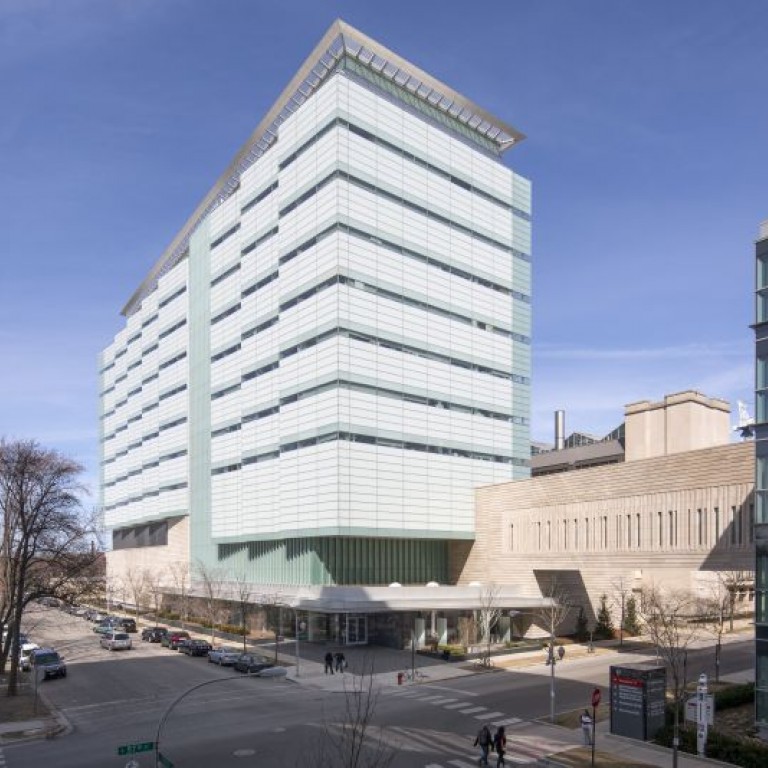Over the past three decades, hospital closures have been on the rise in both urban and rural areas. Real-life consequences take many forms: creating barriers to accessing medical care, increasing transport times and potentially increasing morbidity and mortality for time-sensitive conditions. More recently, the COVID-19 pandemic highlighted the issue as many areas faced dire shortages of hospital beds.
Some studies have explored the effects of closures on patient outcomes, but recently, a group of experts at the University of Chicago set out to identify the risk factors that may be determining which hospitals close.
Past discussions frequently pointed to intrinsic factors like financial instability and low patient volume, but the researchers suspected there are also extrinsic risk factors rooted in social inequities at the population level.
“Among clinicians on the ground, there’s a sense that hospitals taking care of more vulnerable patients have a harder time making ends meet,” said Elizabeth Tung, MD, MS, Assistant Professor of Medicine at UChicago Medicine. “The existing literature explained some of the financial issues by pointing to straightforward practical factors like lower Medicare reimbursements. But there was a gap in empirical analyses examining whether structural or societal issues were associated with more hospital closures and loss of those resources in communities.”

Elizabeth L. Tung, MD MS
Associate Professor of Medicine
Tung and her fellow UChicago researchers recently published a paper that filled this empirical gap by exploring the connection between hospital closures and the socioeconomic and racial composition of communities in the United States. They uncovered significant disparities that confirmed the “on the ground” impression Tung described, revealing that hospitals in areas burdened with higher levels of socioeconomic disadvantage and larger racial and ethnic minority populations faced disproportionately high rates of hospital closure.
Connecting closures with structural disadvantages
The researchers analyzed data from the American Hospital Association's annual survey of nearly 6,500 hospitals across the U.S. They broke down the population characteristics of hospitals that closed anytime between 2007 and 2018 and compared those characteristics with hospitals that remained open during that period.
Even after adjusting for a wide range of confounding variables, they found that both socioeconomic disadvantage and majority Black racial composition of a healthcare service area increased the likelihood of hospital closure in that area. In contrast, Hispanic/Latino racial composition and rural location did not have a significant impact on the likelihood of closure.
Are hospital closures really a bad thing?
Some commentators have suggested that closing low-performing hospitals may not be a bad thing, arguing that patients then get funneled into larger, higher-performing hospitals where they may receive better care. Tung, the study’s lead author, acknowledged the face-value logic of this reasoning but pushed back.



